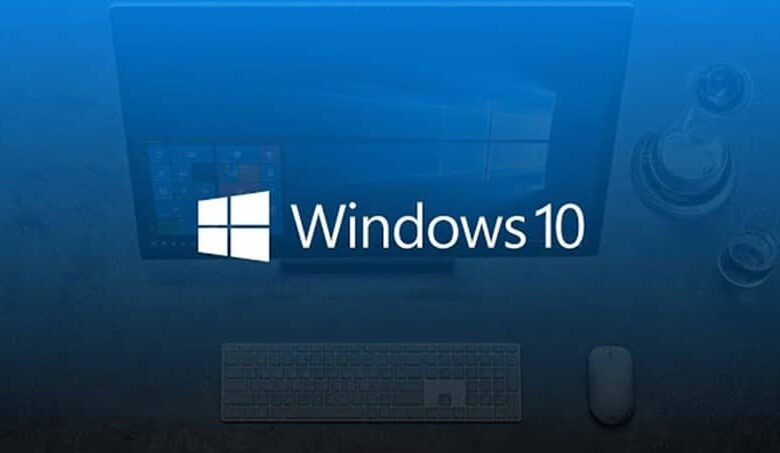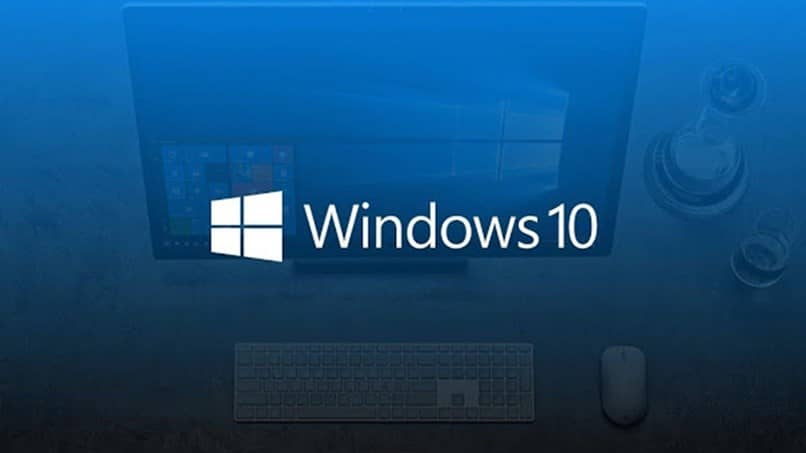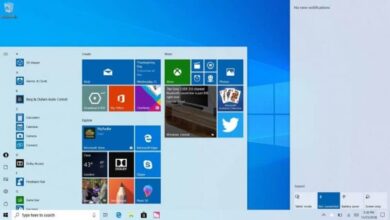How to avoid or disable automatic restart in Windows 10

Microsoft has been on a long quest to optimize and improve all of its services. On this basis with Windows 10 , the company has opted for a much more advanced concept, aiming to provide the user with the greatest number of options and tools .
With these tools, we want the system itself to be the one indicated for solve his mistakes within the system, whether the update , or the execution by applications among other things, or that, failing that, it provides users with the necessary tools. so that the cause of the failure is reached and with it the correct way in which it can be repaired.
Windows restarts in the event of a critical failure
Windows 10 will perform an automatic restart as long as the system signals some kind of serious failure . With this option, a default configuration is carried out, which you can however modify in order to avoid that after a certain type of error, a blue screen occurs and that this permanently affects the system.
To access these settings, you need to access the control panel. When you are there, you need to select the section which is named: system and security . Once there you can see a series of options, in which you have to choose the option called " système «.

Once ready it will open a list in which you should be located on the left side of the screen, there you will see the option called "advanced system configuration", once you click on it you will see a small window .
There you need to locate yourself in the Startup and Recovery section and once there, select the option " Settings ». Right there in the center you will see a section called " system error «. The two boxes will be marked there, by default, you must uncheck them then click on "OK".
Once this action is done, everything will be finished, facing system errors and with that your PC will not restart by itself.
Windows performs an automatic restart for the update
This is a method designed for the sole purpose of preventing Windows to restart automatically. This method consists of managing the different configurations in order to modify the behavior of your PC so that updates are performed safely.
Since the Windows Update updates are performed automatically, this method only performs the function of performing the task manually. All this for the sole purpose that the PC does not suddenly restart after the update. To avoid this, Windows Update must be configured, so that before performing this action, it sends a warning.

Go to the Start section and then to Settings, then go to the Update and Security option. Once you are in Windows Update, you will see that a series of options will appear under the "Check for Updates" button, such as: Change active hours, advanced options, and view the HISTORY updates .
In a new window, you will see that some options will appear, among which you must select the range of hours during which you want the PC to be dedicated only to its use. In this way, the Windows system will not automatically restart within this period of time.
Once you have configured the hours you want your PC to be active, you need to go back to the écran main Windows Update, where you will be located on the "advanced options".
In this new window, you will have the option to move and activate the warning when Windows must restart the system . So you can choose a period that you will choose and with it, none of these actions will surprise you.




